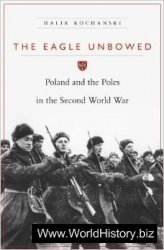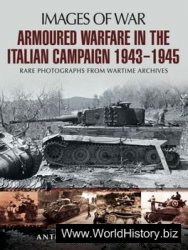The Progressive Era saw the flourishing of women’s organizing on a wide range of issues. One of the most fertile areas was the plight of working women. Facing poverty, poor working conditions, and personal danger in the workplace, as in the city streets, women workers had few means with which to combat inequality. Organized labor, long the recourse of skilled workingmen, was noted for its hostility toward women in the workplace and in the union. With few allies, working women often had to rely on their own scant resources. In Great Britain at the turn of the century, middle-class and elite women organized a support group for women workers and their unions called the Women’s Trade Union League. Following their example, American socialists, among them William English Walling and Mary Kenney O’Sullivan, sought to organize a similar association. At two meetings in Boston in 1903, settlement house workers, labor union leaders, and others formed the National Women’s Trade Union League (NWTUL). The league’s first president was Mary Morton Kehew; Jane Addams was first vice president, and Mary O’Sullivan first secretary. Labor reformers in Boston, Chicago, and New York quickly formed local branches of the league to address the poor conditions and poverty faced by women in the workplace.
In 1906, Mary Dreier Robins, a labor reformer and wife of Chicago settlement house worker Raymond Robins, became NWTUL president. She remained in the office until 1922.
Built on a model of cross-class solidarity, the NWTUL brought working women and middle-class women together to improve the condition of women in the workplace. In this effort, they had a range of tactics—public education, social investigation, support for unions in organizing drives and strikes, and lobbying state legislatures and Congress for protective labor laws. During the league’s first two years, it supported strikes in Chicago; Troy, New York; and Fall River, Massachusetts.
The event that catapulted the NWTUL to national attention was the 1909-10 Shirtwaist Makers Strike in New York City. During that strike, the NWTUL raised money for strikers’ relief and bail, helped to revitalize local 25 of the International Ladies’ Garment Workers Union (ILGWU), and organized mass meetings and picket lines. Early on, reports of the arrest of women pickets and police harassment fueled public outrage at the treatment of the young workers. When middle-class women allies, including the New York Women’s Trade Union League president Margaret Dreier, were jailed for participating in the picketing, public pressure on garment firms to settle the strike increased.
In the midst of the shirtwaist strike, NWTUL members William Walling, Mary Dreier, Helen Marot, Leonora O’Reilly, and Lillian Wald helped found the National Association eor the Advancement of Colored People, a move that helped solidify support for the strikers and avoided the possibility of African-American strikebreakers. Still, larger firms proved resistant to public pressure to settle the strike. The strike ended when garment manufacturers broke down worker resistance, and many returned to work. Despite the loss, the NWTUL took credit for solidifying its goals by reviving ILGWU labor organizing in the garment trade.
The national NWTUL progressively worked to investigate working conditions, conduct union organizing campaigns, and support women workers in strikes across the nation. Its support of the organizing campaign in men’s clothing led to the founding of the Amalgamated Clothing Workers. The league also understood the need for publicity and education for the public. Its journal, Life and Labor, edited by Australians Alice Henry and Stella Franklin, served as a forum to educate women workers in citizenship, labor history, and union practice. Once the NWTUL came out in support of woman sueerage, the journal also informed its readers about the progress of suffrage campaigns. Beginning in 1915, the Chicago branch of the NWTUL formed a leadership school that recruited women workers nationally. As union membership began to decline in the 1920s, the NWTUL turned its primary attention to protective labor legislation, especially minimum wage and maximum hour laws for women. This turn cost the league members and relegated much of its activity to lobbying. Under Rose Schneiderman, its next president, the league continued to press for labor legislation throughout the 1920s.
Further reading: Nancy Schrom Dye, As Equals and as Sisters: Feminism and the Labor Movement in the Women's Trade Union League of New York (Columbia: University of Missouri Press, 1980); Robin Miller Jacoby, The British and American Women's Trade Union Leagues, 1890-1925; A Case Study of Feminism and Class (Brooklyn, N. Y.: Carlson, 1994).




 World History
World History









